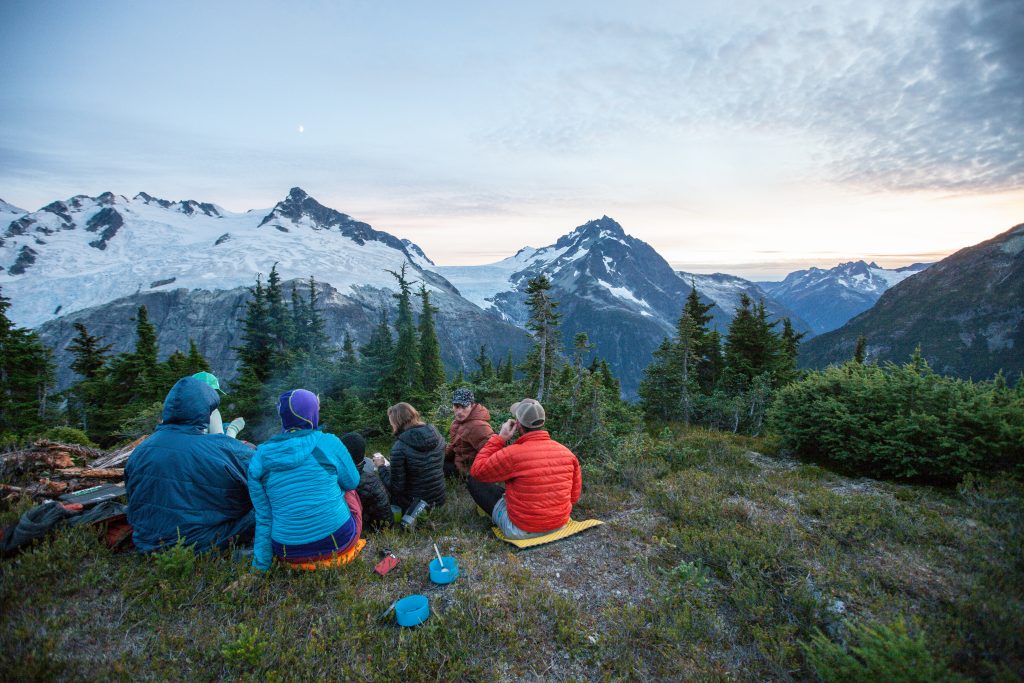
Tag: backpacking

Slot Canyons
Hiking the Grand
NOLS Pro & Deuter Packs Trip
If you have been on a NOLS (National Outdoor Leadership School) trip of any sort, you know the value it provides participants with technical outdoors skills as well as the “Expedition Behavior” skills to not only get along with the members of your group but to make the trip, or expedition a resounding success. NOLS has been offering their “Pro” (short for Professional) program for a few years but are ready to ramp it up. NOLS Pro will set up a course for any professional team looking to build group dynamics, leadership, risk management and/or outdoor skills anywhere you like.
Our group was lead by two NOLS Pro instructors, Marcio Paes Barreto and Brian Fabel, who took us into the Wind River Range in Wyoming for a few days and they shared the NOLS Pro program with us. Another component included Deuter Packs as NOLS uses Deuter Packs as their robust pack rental fleet. Built to suit the rugged nature of NOLS trips, these packs are out in the field a lot and get many lifetimes of use as compared to how often a privately owned backpack gets out into the field.
Click the title above for more photos.
GEAR: Portable Power – Solar Charging on the trail
Ellingwood Ridge Challenge
I had the pleasure of guiding a trip in the Colorado Rockies with Mark James for the Adventure Unlimited Ranches. We took a group of intrepid adults from A/U’s Adult Base Camp (ABC) program to La Plata where the plan was to traverse Ellingwood Ridge. The five of us (two guides and three adult campers) camped at the base of the western ridge. The next morning we made it up the western ridge to the 14,334-foot summit where a batch of my mom’s home made oatmeal chocolate chip cookies were delivered. That was a treat. Once rested at the summit one camper opted to turn back and was accompanied by Mark while the rest of us started our descent along Ellingwood Ridge. This is not a trail and is a technical route. About an hour into the traverse we realized the best idea was to turn back to the summit instead of continuing on along the ridge all the way down as planned.

 Like || Tweet || More Photos || Purchase Photo
Like || Tweet || More Photos || Purchase Photo Like || Tweet || More Photos || Purchase Photo
Like || Tweet || More Photos || Purchase Photo Like || Tweet || More Photos || Purchase Photo
Like || Tweet || More Photos || Purchase Photo Like || Tweet || More Photos || Purchase Photo
Like || Tweet || More Photos || Purchase Photo Like || Tweet || More Photos || Purchase Photo
Like || Tweet || More Photos || Purchase Photo Like || Tweet || More Photos || Purchase Photo
Like || Tweet || More Photos || Purchase Photo